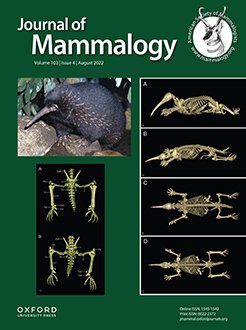Movement patterns of lions (Panthera leo) reveal how they hunt large herbivores in heterogeneous landscapes such as the Kruger National Park in South Africa. Large herbivores are distributed differently on the landscape and therefore have different vulnerabilities as prey for lions. For instance, blue wildebeest (Connochaetes taurinus) occupy small grazing lawns at night but are difficult for lions to capture because open areas lack cover for stalking. African buffalo (Syncerus caffer) aggregate in large herds but are less available because these herds only intermittently enter the home ranges of individual lion prides. Unlike large herds of wildebeest and buffalo, plains zebra (Equus quagga) move widely in small herds while browsing greater kudus (Tragelaphus strepsiceros) and giraffes (Giraffa camelopardalis giraffa) generally occur in lower densities. We used spatial data derived from GPS collars to investigate several hypotheses regarding the movements of three lion prides in response to their prey. We found that lions were most active and moved longer distances during nighttime than during daytime. Lions remained within their core home ranges on 87% of nights and wandered to the outlying areas of the home ranges every second night. Lions visited grazing lawns, that is, area of short grass, where wildebeest herds resided every second night, and moved toward the direction of buffalo herds within 2 km of vicinity. Lions spent more time near riverbanks that provided dense woody cover at night than expected but concentrated only weakly near sites with surface water where herbivores drank in the dry season. Our study contributes to understanding how lions vary their movements in response to the spatial and temporal heterogeneity in the relative availability and vulnerability of multiple prey species.
How to translate text using browser tools
23 March 2022
How lions move at night when they hunt?
Sze-Wing Yiu,
Norman Owen-Smith,
James W. Cain
ACCESS THE FULL ARTICLE

Journal of Mammalogy
Vol. 103 • No. 4
September 2022
Vol. 103 • No. 4
September 2022
independent mixture model
Kruger National Park
landscape of fear
movement behavior
Panthera leo
predation





